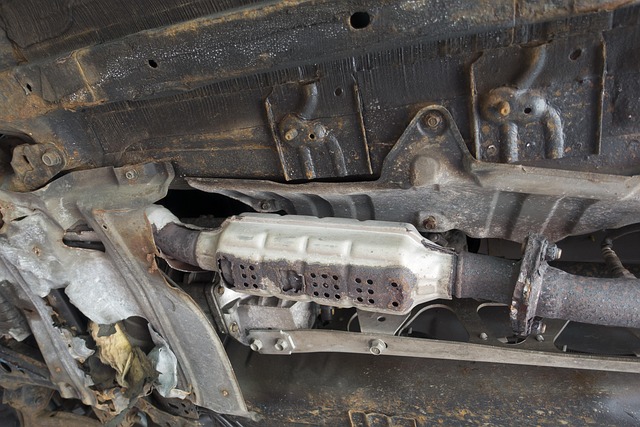San Antonio's humid climate fosters attic mold growth, posing health risks and structural damage. Early detection through regular inspections is vital. Remediation involves containing mold, using PPE, isolating areas, carpet extraction, air scrubbing, thorough cleaning, deodorization, and addressing moisture sources. Maintaining optimal humidity below 50% with dehumidification, barriers, and regular inspections prevents recurrences of attic mold problems in the humid San Antonio climate.
In the heart of Texas, San Antonio’s humid climate presents unique challenges with attic mold issues. This article delves into the intricacies of carpet mold extraction and remediation, essential knowledge for homeowners and professionals alike. We explore the step-by-step process of addressing mold infestations on carpets, offering practical guidance to mitigate risks and prevent recurrence in this vibrant yet moist environment. By understanding attic mold problems specific to San Antonio’s climate, you’ll gain valuable insights into maintaining a healthy living space.
- Understanding Attic Mold Issues in Humid San Antonio Conditions
- The Process of Mold Remediation for Carpets: Step-by-Step Guide
- Preventing Carpet Mold Reoccurrence in a Moist Climate
Understanding Attic Mold Issues in Humid San Antonio Conditions

San Antonio’s humid climate creates a breeding ground for attic mold problems, a concern that often goes unnoticed until it becomes an extensive issue. With high humidity levels year-round, attics provide the perfect environment for mold spores to thrive and grow. The warm temperatures further accelerate the mold growth process, leading to potential health risks and structural damage if left unaddressed.
This unique attic mold problems in humid San Antonio climate scenario demands specific attention during home maintenance. Regular inspections are crucial to identifying early signs of mold development. Homeowners should be vigilant about any musty odors, visible mold patches, or increased humidity levels within their attics, as these could indicate an ongoing problem. Prompt action is essential to prevent the spread of mold, ensuring a healthier living space and preserving the integrity of the home’s structure.
The Process of Mold Remediation for Carpets: Step-by-Step Guide

The process of mold remediation for carpets involves several critical steps to effectively address attic mold problems, a common concern in the humid San Antonio climate. It starts with identifying and containing the mold growth, ensuring safety through proper personal protective equipment (PPE). The next step is to isolate the affected area to prevent further contamination.
Once contained, professionals use specialized equipment for carpet extraction, removing the contaminated material while also utilizing air scrubbers to mitigate airborne spores. Post-extraction, the area undergoes a thorough cleaning and drying process to eliminate any residual moisture that could foster future mold growth. Finally, after ensuring dryness, a deodorization step is taken to address any lingering musty odors associated with attic mold problems in the humid San Antonio climate.
Preventing Carpet Mold Reoccurrence in a Moist Climate

In regions like San Antonio, known for its humid climate, addressing carpet mold is a critical task due to the consistent moisture levels that can foster rapid mold growth. The first step in preventing reoccurrence lies in identifying and rectifying sources of excess moisture within homes. Common causes include poor ventilation, leaky pipes, or inadequate drainage around the foundation. Implementing robust dehumidification systems in attics and other vulnerable areas is essential to maintain optimal humidity levels below 50%. Regular inspections and maintenance are crucial, especially after severe weather events that can introduce water into attics and carpets.
Additionally, homeowners should invest in high-quality waterproof barriers and membranes during new installations or repairs. Using mold-resistant carpeting options and ensuring proper installation further mitigates risks. Addressing attic mold problems in the humid San Antonio climate requires a multi-layered approach, combining proactive measures with swift remediation to create an environment that discourages mold growth and promotes indoor air quality.
In addressing attic mold issues in the humid San Antonio conditions, understanding the unique challenges and implementing effective remediation strategies are key. The step-by-step guide provided offers a comprehensive approach to mold remediation for carpets, ensuring a thorough and safe process. Additionally, by adopting preventive measures tailored to this moist climate, homeowners can significantly reduce the risk of carpet mold reoccurrence. Armed with this knowledge, folks in San Antonio can now navigate their labyrinthine attic mold problems, fostering a cleaner and healthier living environment.
